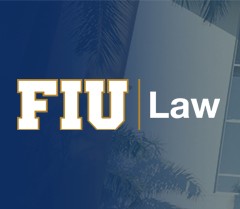Document Type
Article
Publication Date
2011
Abstract
The Sierra Leone war, which lasted between 1991 and 2002, gained notoriety around the world for “blood" or "conflict" diamonds and some of the worst atrocities ever perpetrated against civilians in a modern conflict. On January 16, 2002, the United Nations and the Government of Sierra Leone signed an historic agreement to establish the Special Court for Sierra Leone (SCSL). In setting up a new type of ad hoc criminal tribunal, the parties sought to achieve two key objectives. First, to dispense credible justice by enabling the prosecution of those bearing greatest responsibility for the wartime atrocities based on international standards of justice, fairness and due process of law. Second, to help restore peace and promote national reconciliation in Sierra Leone. Today, as the SCSL completes its last and most important trial (of former Liberian President Charles Taylor) in The Hague, this article uses the stated objectives of its founders to assess whether the tribunal has fulfilled its intended goals. It is argued that, while the SCSL ably discharged part of its core mandate, it also had some serious shortcomings given the limited number of persons ultimately prosecuted and the gross inequality of arms between the Prosecution and the Defense.
Recommended Citation
Charles Chernor Jalloh,
Special Court for Sierra Leone: Achieving Justice?
, 32 Mich. J. Int'l L. 395
(2011).
Available at: https://ecollections.law.fiu.edu/faculty_publications/252



